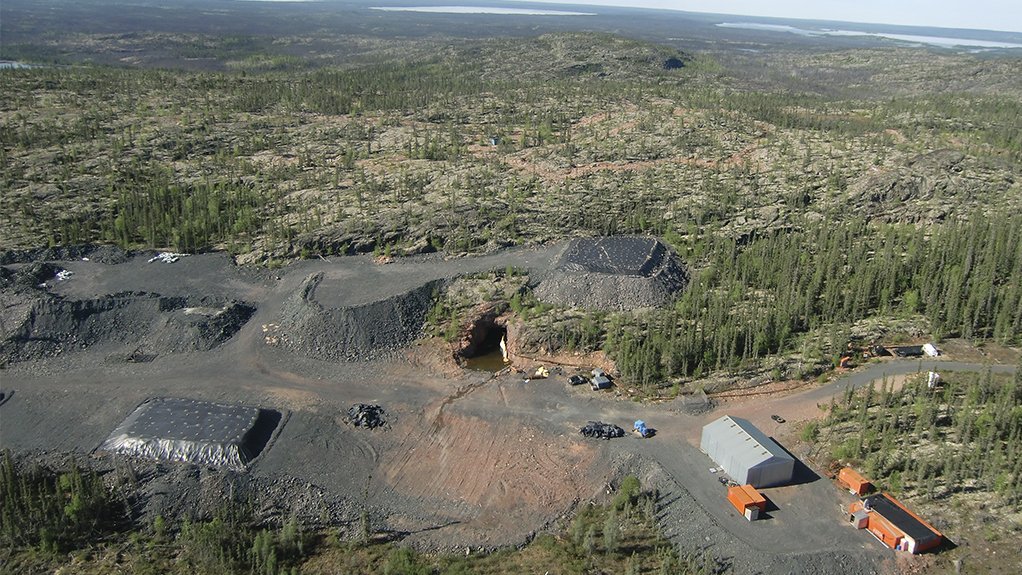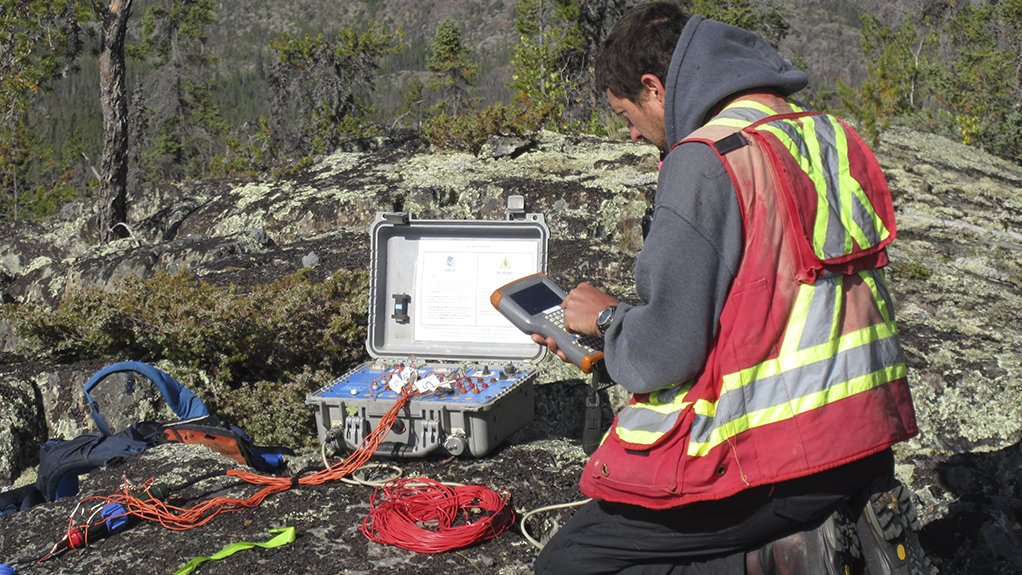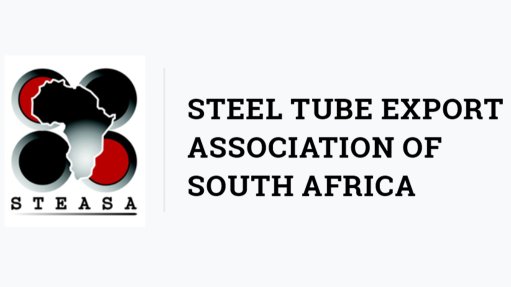Canada’s potential growth backed by non-traditional demand



GETTING THERE The NICO Project (pictured above) is a near shovel-ready, vertically integrated primary cobalt deposit with a 1.1-million-ounce in-situ gold co-product
DIFFERENT DIRECTION New emphasis is being placed on the key raw materials needed to support new technologies, food production, clean energy, and the growing green economy
Canada is the second largest country in the world and has vast uninhabited regions with diverse geology, hosting one of the most prolific mineral endowments on the planet, says North American mine developer Fortune Minerals president and CEO Robin Goad.
He notes that Canada’s resource industry generates about 20% of its gross domestic product and that it produces about 60 mineral commodities for export to the global market.
“While Canada has historically been a major producer of basic materials and exchange traded commodities, the world is in transition as governments work to reduce their carbon footprints and discourage the use of products and materials that contribute to climate change.
“New emphasis is being placed on the key raw materials needed to support new technologies, food production, clean energy, and the growing green economy.”
Consequently, new opportunities for the resource industry have arisen from growing demand for non-traditional commodities needed to support the new economy, he states.
For instance, the automotive industry is a good example of a sector in transition owing to concerns over environmental impact. Governments are imposing more stringent regulations on greenhouse-gas emissions and have implemented future bans on vehicles powered by internal combustion engines.
Goad stresses that the adoption of electric vehicles (EVs) is accelerating, as their performance and range improves, and with the approaching cost parity with traditional petroleum- and diesel-fuelled cars. This transformation of the automotive industry, he says, is placing demands on different minerals, including lithium, nickel, cobalt, manganese and graphite, needed to make lightweight, lithium-ion rechargeable batteries that are able to meet consumer range expectations.
He notes that it is also placing new demand on the materials needed to make the magnets used in the drivetrains for EVs, such rare earth elements as well as copper for the copper wiring of electric motors.
“Fortune Minerals is well-positioned to participate in the demand for the minerals needed in EVs with its cobalt-gold deposit in Canada’s Northwest Territories. The NICO Project is a near shovel-ready, vertically integrated primary cobalt deposit with a 1.1-million-ounce in-situ gold co-product, 12% of global bismuth reserves, and copper as a minor by-product,” Goad enthuses.
Additionally, the NICO deposit has proven and probable mineral reserves totalling 33.1-million metric tonnes that can sustain a 20-year mine life at a mill throughput rate of 4 650 t/d.
The company has spent more than C$135-million to advance the NICO project from an in-house discovery in 1996 to an advanced development asset with a positive feasibility study and environmental assessment approval for the facilities in the Northwest Territories.
The project, says Goad, will have a related hydrometallurgical refinery in southern Canada where it will process concentrates from the mine, annually producing about 1 800 t of cobalt in a battery grade cobalt sulphate, 47 000 oz of gold in doré bars, 1 700 t of bismuth contained in ingots and oxide, and 300 t/y of copper in a precipitate over the first 14 years.
Critical Minerals
While the demand for technology metals is a significant opportunity for the Canadian resource industry, it also presents some challenges with respect to supply chain concerns. Many of the minerals needed to support the new economy are in short supply because demand is so immense that it is outpacing the industry’s ability to identify and develop new deposits.
“In addition, many of the minerals needed in new technologies have risks associated with their current supply chains, leading to countries increasingly classifying these as ‘critical minerals’. Minerals that are considered critical have essential use in key manufacturing industries and new technologies, have unique physical and chemical properties that cannot be substituted easily by other minerals, and their supply chains are unreliable owing to geographic concentration of production, supplies from unstable countries and/or countries with policy risks.”
Goad explains that critical mineral lists have been developed by the US, European Union, Japan, and South Korea, identifying the respective minerals that are essential to their own manufacturing and defence industries and have unreliable supply chains. He adds that Canada is also developing a critical minerals list, and has announced a joint action plan with the US on critical mineral supply, with the objective of promoting more North American production of these essential technology minerals.
“Critical mineral supply is an opportunity for the Canadian resource industry that is also gaining considerable momentum from governments,” concludes Goad.
Article Enquiry
Email Article
Save Article
Feedback
To advertise email advertising@creamermedia.co.za or click here
Press Office
Announcements
What's On
Subscribe to improve your user experience...
Option 1 (equivalent of R125 a month):
Receive a weekly copy of Creamer Media's Engineering News & Mining Weekly magazine
(print copy for those in South Africa and e-magazine for those outside of South Africa)
Receive daily email newsletters
Access to full search results
Access archive of magazine back copies
Access to Projects in Progress
Access to ONE Research Report of your choice in PDF format
Option 2 (equivalent of R375 a month):
All benefits from Option 1
PLUS
Access to Creamer Media's Research Channel Africa for ALL Research Reports, in PDF format, on various industrial and mining sectors
including Electricity; Water; Energy Transition; Hydrogen; Roads, Rail and Ports; Coal; Gold; Platinum; Battery Metals; etc.
Already a subscriber?
Forgotten your password?
Receive weekly copy of Creamer Media's Engineering News & Mining Weekly magazine (print copy for those in South Africa and e-magazine for those outside of South Africa)
➕
Recieve daily email newsletters
➕
Access to full search results
➕
Access archive of magazine back copies
➕
Access to Projects in Progress
➕
Access to ONE Research Report of your choice in PDF format
RESEARCH CHANNEL AFRICA
R4500 (equivalent of R375 a month)
SUBSCRIBEAll benefits from Option 1
➕
Access to Creamer Media's Research Channel Africa for ALL Research Reports on various industrial and mining sectors, in PDF format, including on:
Electricity
➕
Water
➕
Energy Transition
➕
Hydrogen
➕
Roads, Rail and Ports
➕
Coal
➕
Gold
➕
Platinum
➕
Battery Metals
➕
etc.
Receive all benefits from Option 1 or Option 2 delivered to numerous people at your company
➕
Multiple User names and Passwords for simultaneous log-ins
➕
Intranet integration access to all in your organisation
















